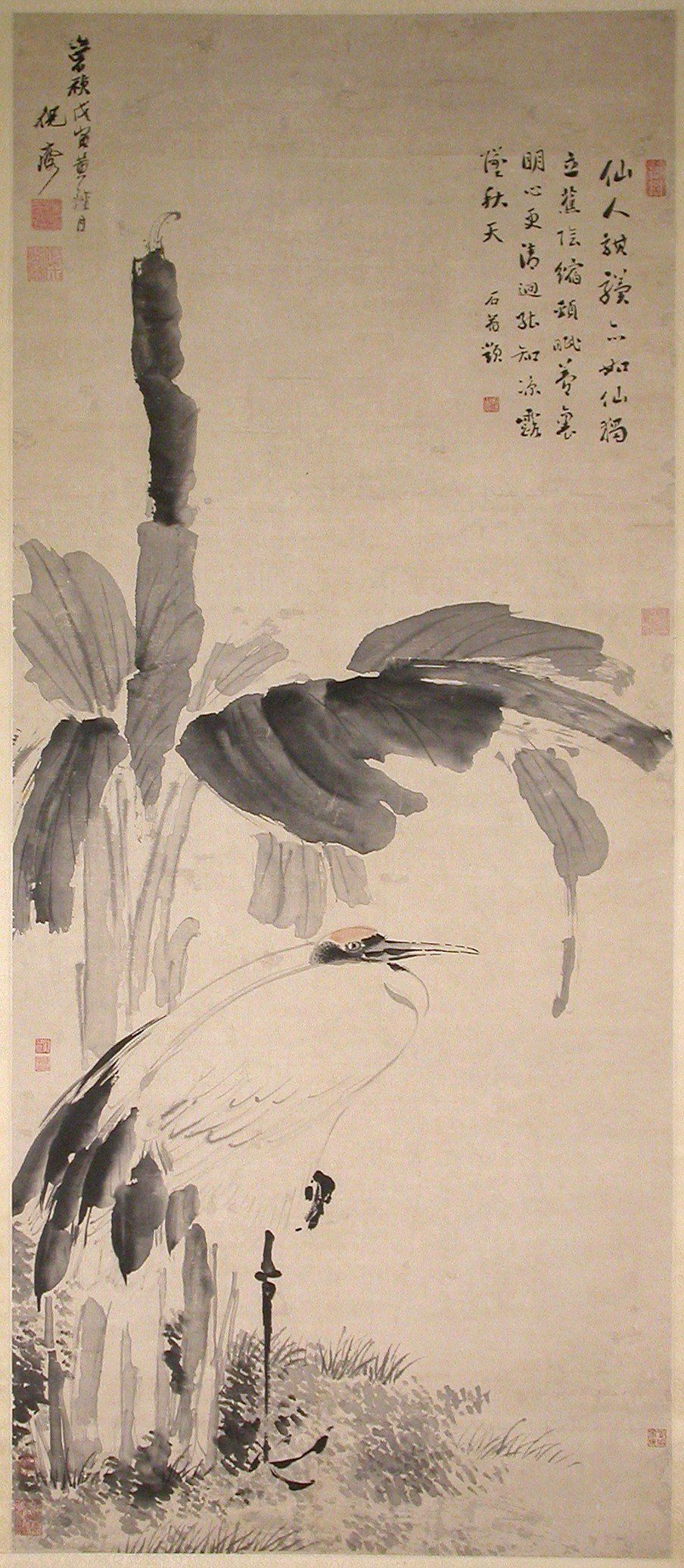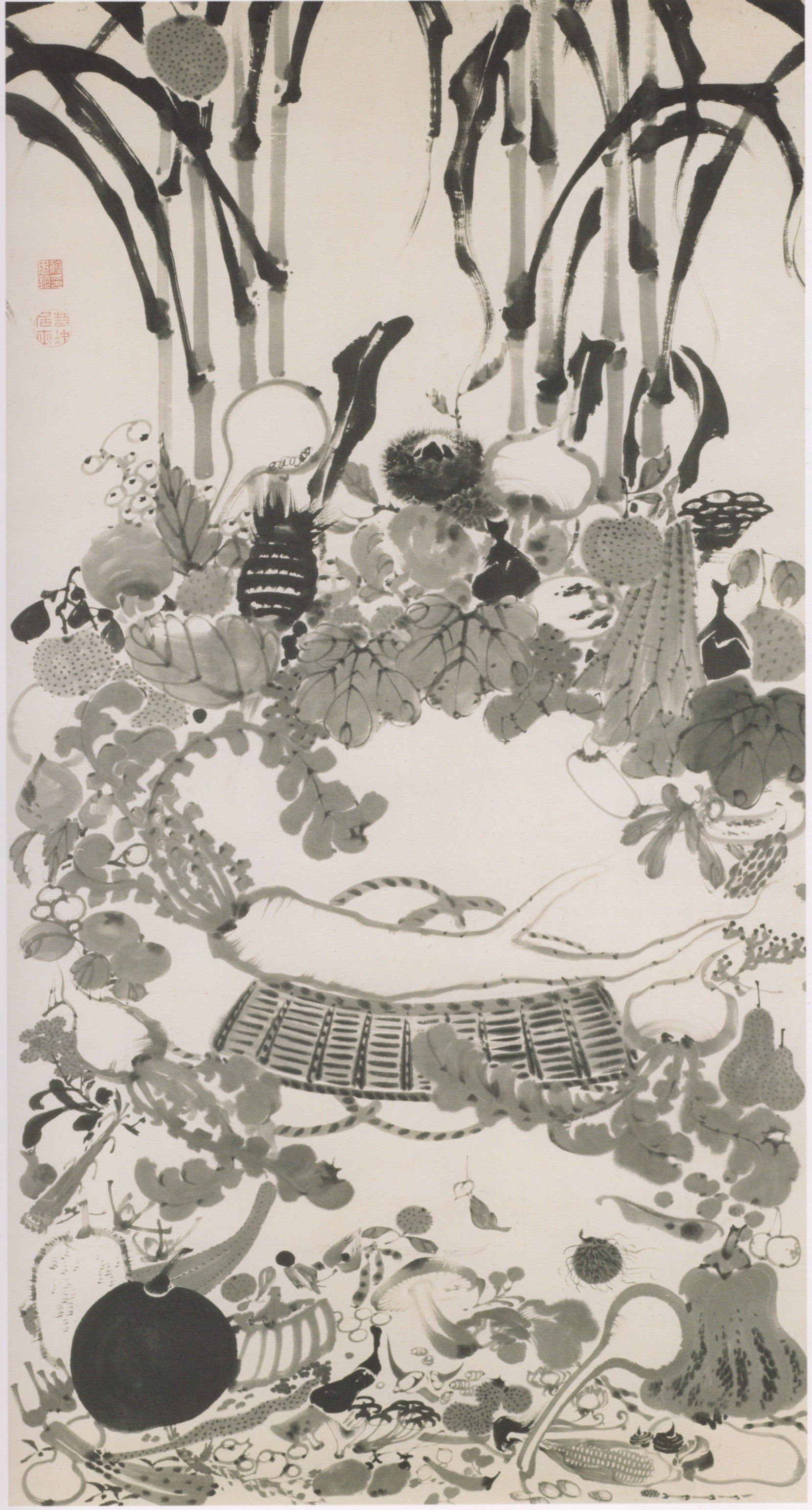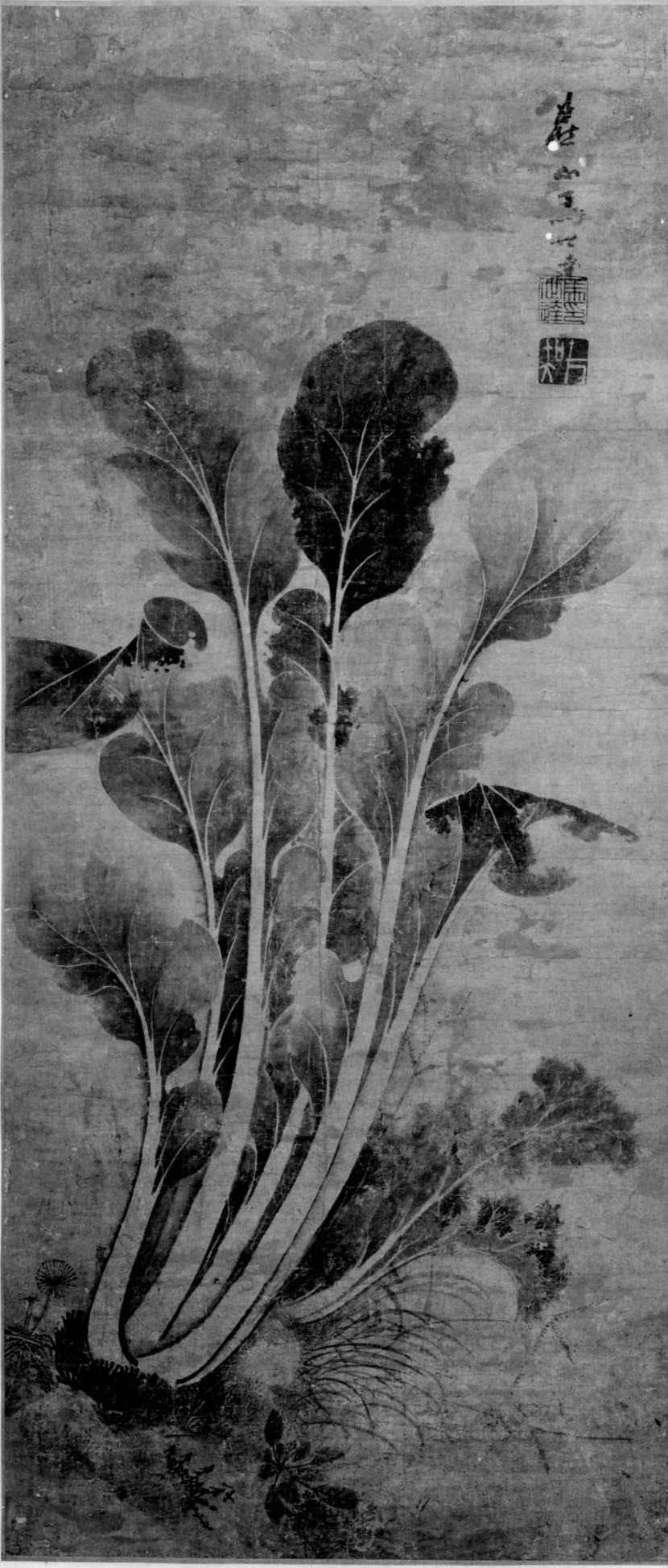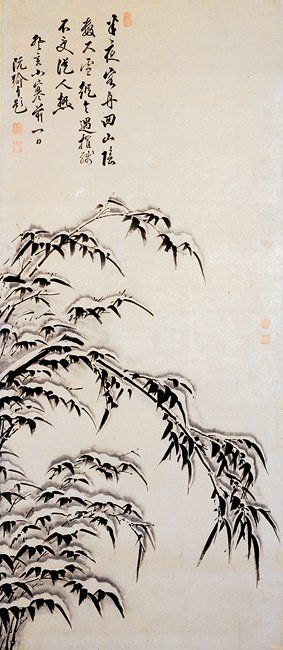The art of painting in the East
“The purpose of words is to convey ideas. When ideas are understood, words are forgotten. Where can I find a man who has forgotten words? That is the man I would like to speak to.” CHUANG-TZU
In this brief text I will refer to certain characteristics of Japanese painting, which dates back to the origins of the fertile Chinese tradition. Although both aspects have their specificities, they share the fact of being related to Zen Buddhism, placing this pictorial art in a privileged place within the daily practices of the East. In the words of Prof. François Cheng “In China, art and the art of living are one and the same thing” (Cheng; 2010, p. 11) and painting occupies a supreme place among all these arts. This discipline was also expanding in the West and is currently of special importance as a pictorial practice with inexhaustible expressive possibilities. Sumi-e 墨絵 is the Japanese word for “ink 墨” (sumi) and “painting 絵” (e) and refers to an ancient monochromatic technique of an eminently naturalistic nature, which seeks to synthesize the patterned forms of nature through a single brush stroke. But this is not the only technique associated with Eastern painting practices. Suiboku-ga 水墨画 can also be recognized, painting with black ink but with the inclusion of a touch of color, and Zenga 禅画, a later art, which began to spread from the 13th century in Zen temples as an aid to the meditation of monks. To begin the study of sumi-e, the disciple must study in order the fundamental motifs that have been called “The Four Honorable Gentlemen”. This group is made up of bamboo 竹 (take), wild orchid 蘭 (ran), chrysanthemum 菊 (kiku) and flowering plum 梅 (ume), which are studied by repeating over and over the unique brushstrokes that define and characterize them. They contain all the brushstrokes to represent the universe and are associated with certain virtues highly valued in Japan. Bamboo, for example, which symbolizes summer, is one of the favorite subjects of those of us who study this ancient technique and is a clear example of how pictorial themes go far beyond their mere visual representation.
In China, there are around three hundred varieties of bamboo, and I recommend that you take your time to look at the black bamboos, which are of singular beauty. Bamboo has a type of structure that is both strong and flexible, which makes it unbreakable at the nodes, but at the same time the entire stem yields to the arrival of the wind: it bends until it touches the ground without ever breaking. Its hollow stems remind us that no matter how much we know, empty space is always an essential condition for continuing to learn. Masters advise painting bamboo, in order to then become it. In this regard, Daisetz T. Suzuki explains: “Becoming bamboo and forgetting, at the moment of drawing it, that one is one with it, this is the Zen of bamboo, this is moving “with the rhythmic movement of the spirit” that resides both in the bamboo and in the artist himself” (Suzuki; 2010, p. 31). Sumi-e is learned by constantly practicing but also by resting when necessary. It is learned by observing bamboo forests and appreciating the work of the great masters. For this last action, I would like to recall the two great styles that can be recognized in this art. Gongbi 工笔, which is fine brush painting, characterized by the submission of colors to the field previously defined by masterfully executed lines. And the Xieyi 寫意畫 style, which is more closely related to the pictorial, gestural and spontaneous aspect, in which the stain flows autonomously on the sheet of paper. Thus, we can find bamboos painted with lines and with stains, but in both cases, they will be characterized by having been made with a single brushstroke. This last concept developed in the “Discourse on Painting by the Bitter Gourd Monk” by the master Shih T'ao (1642 – 1707) is a stroke that, in its very genesis, does not admit correction and therefore requires conditions based on a conscious experience. A brushstroke that, once executed, is irrevocable, cannot be corrected or improved, but only forgotten. For this reason, the single brushstroke reflects the present moment, uniting in the instant of its execution the external reality with the internal truth, seeking to describe the forms of the universe and much more. The masters say that through the conscious study of "The Four Honorable Gentlemen", the painter knows the specific movements of the brush and provides it with sufficient technical skill to paint any element that nature offers. We can also find a wide range of motifs within oriental landscapes: distant mountains, waterfalls flowing over rocks, clouds hiding pine trees, birds resting on branches, among other classic themes.
The continuous practice of sumi-e directly affects the connection between the state of the body and that of the spirit, which for the Eastern world are one and the same: we are one unit. Its conscious practice encourages self-knowledge and very valuable principles such as detachment, spontaneity, austerity are worked on, and above all, intuition and sensitivity are developed. These concepts are the most notable features not only of sumi-e, but also of shodo 書道 (the way of writing), techniques that share not only the work materials (brush, ink, inkwell and paper), but both practices are part of the same essence.
In fact, good painters are also talented calligraphers. A clear example of this is the work of the Chinese painter and calligrapher Shih T'ao, mentioned above, and I leave you with one of his works to contemplate the profound beauty of this wonderful art. Article written by Luciana Rago, published in the magazine Verdemente - October 2013









